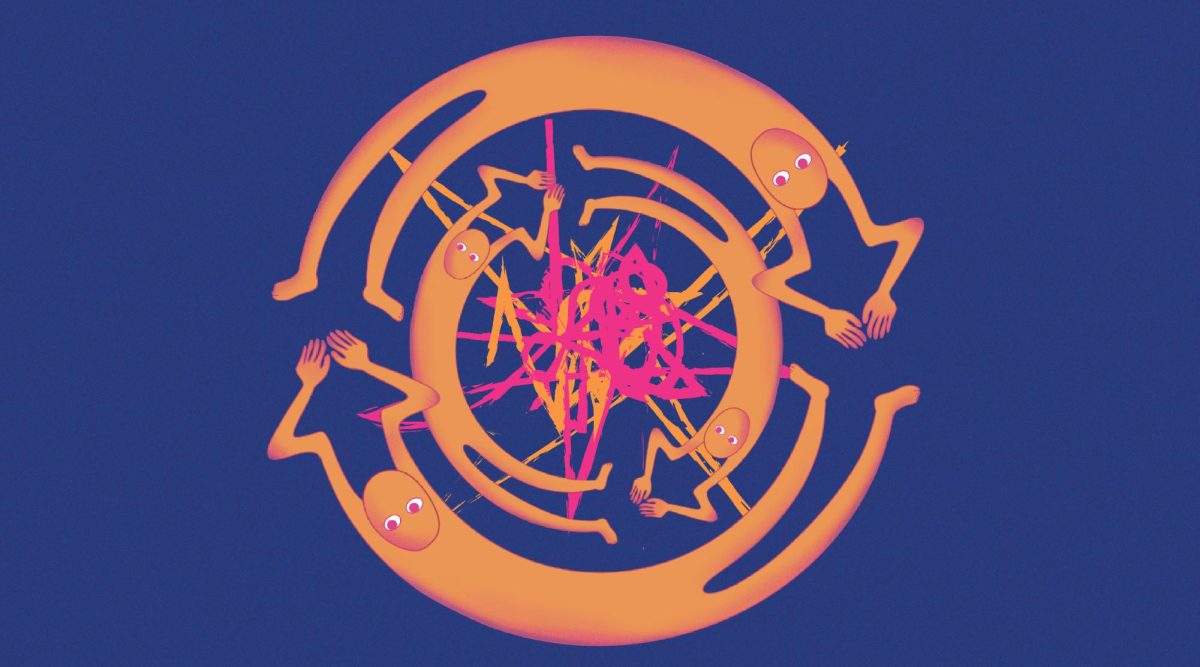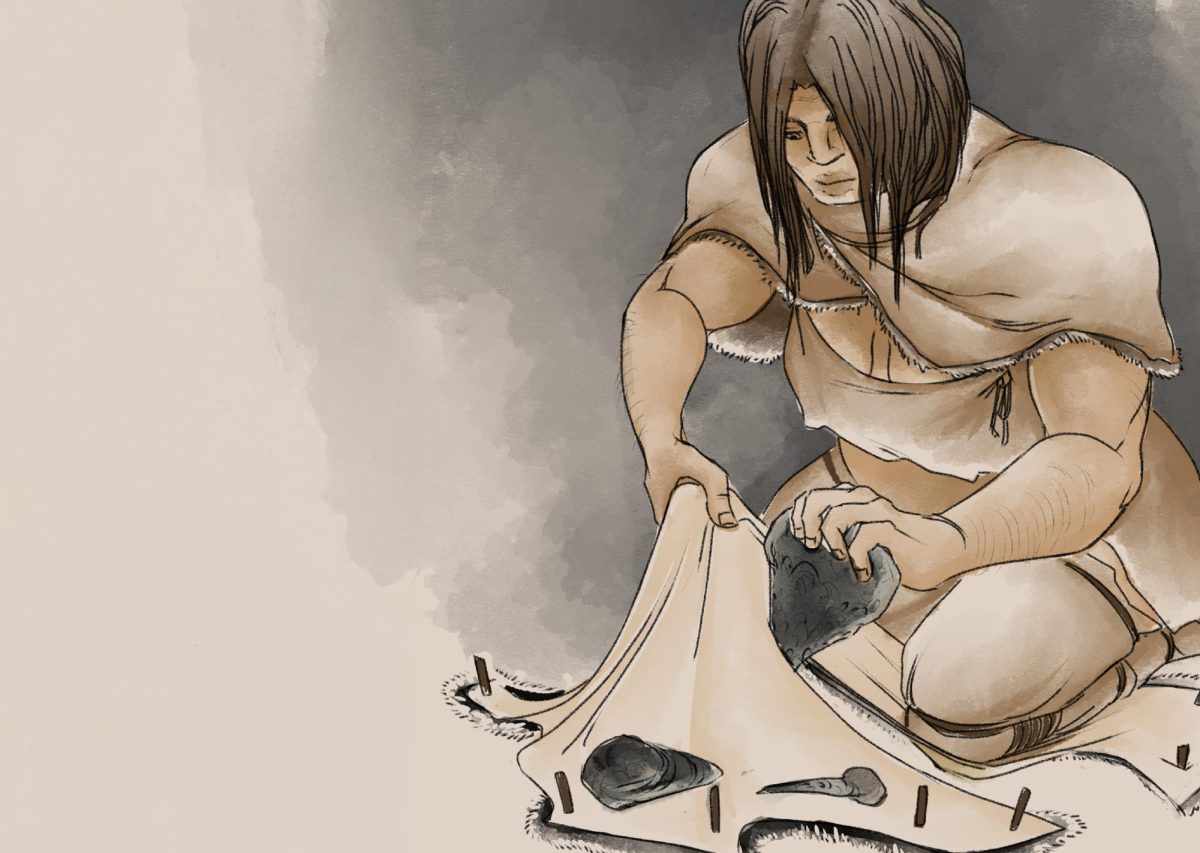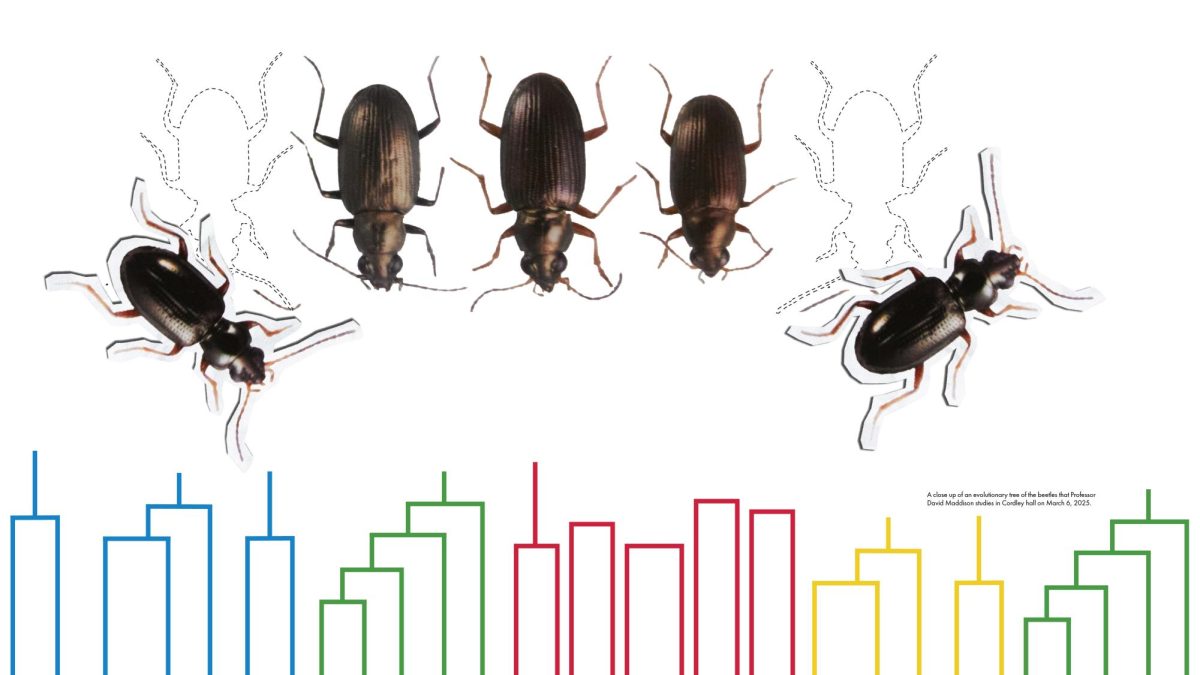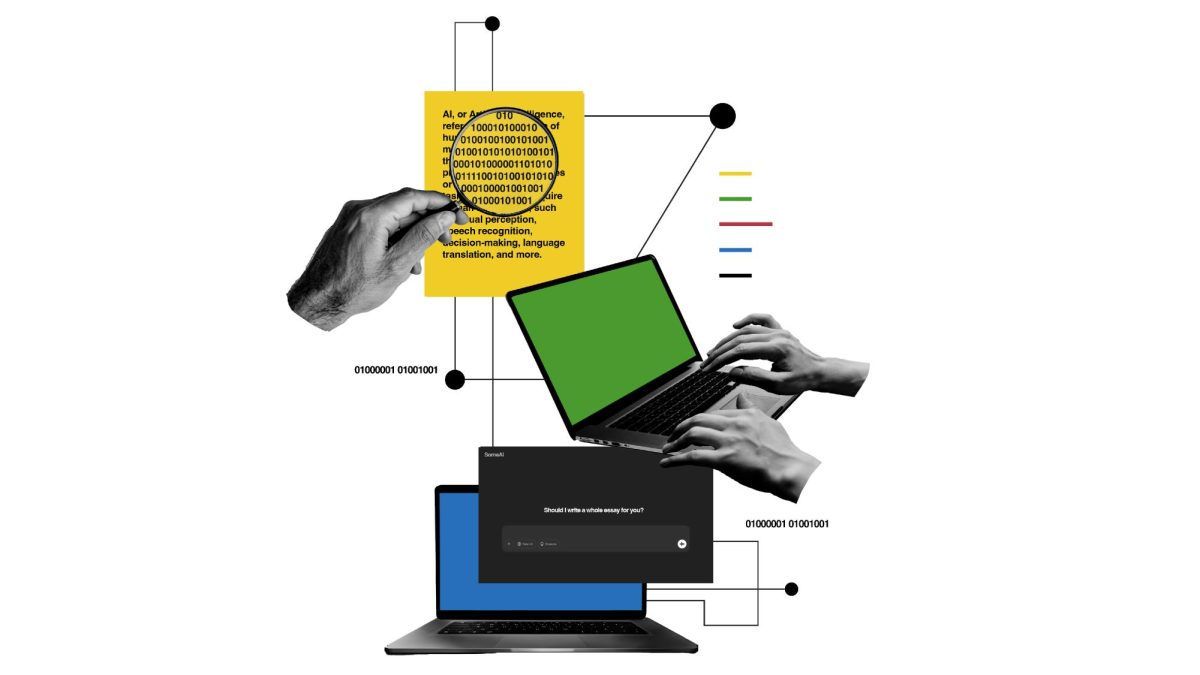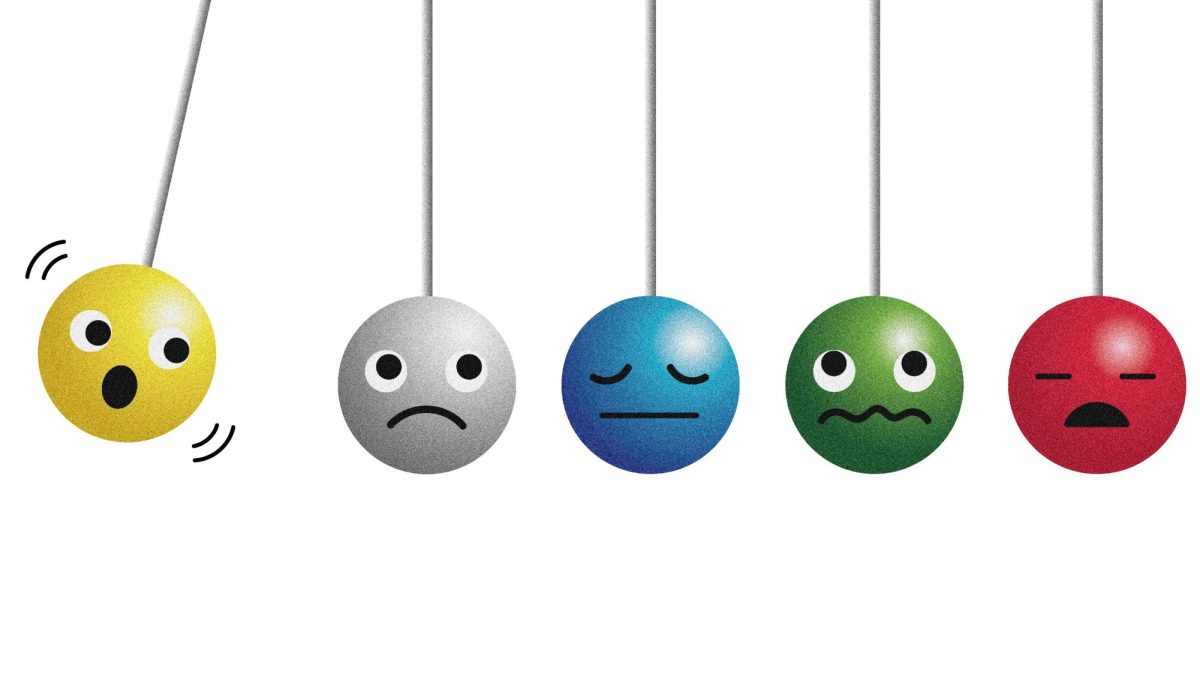You might have heard people refer to their cleaning habits or desire to be organized by saying “I’m so OCD.” In reality, obsessive-compulsive disorder is beyond a need to be clean all the time.
While people diagnosed with obsessive-compulsive disorder can have the trait of being clean or have cleanliness as one of their compulsions, OCD can manifest itself in different ways.
Diagnosed with OCD her sophomore year of undergrad, pharmacy graduate student at Oregon State University Haley Hughes said that the way people use the term OCD can minimize the experiences of those who have the disorder.
Reyes Chavez, a fourth-year student majoring in history and education, was diagnosed with OCD over eight years ago. Chavez said the misconceptions around the disorder and the usage of phrases, like “I’m so OCD,” makes him feel invalidated.
“(Misconceptions) make it feel like (OCD) is being trivialized and people are thinking it’s a personality trait or a quirk when it’s a serious mental disorder,” Chavez said.
Health psychologist and OSU psychology professor Misha Kleronomos explained OCD as when a person has a thought that causes them anxiety and they respond with repetitive behavior to alleviate the anxiety.
“The truth is that when we socially talk about someone ‘being OCD’ the qualities we are often referring to are OCDPD (obsessive-compulsive personality disorder),” Kleronomos said in an email.
According to Kleronomos, traits of OCDPD can be rigidity, inflexibility and the need to be orderly. OCDPD isn’t necessarily correlated with anxiety around behaviors.
With OCD, the anxiety-inducing thoughts are often intrusive, they begin to build into what Kleronomos refers to as “obsessions.”
“Obsessions are categorized by believing something bad will happen to (the person), to someone they love, that there is a contamination they need to ‘fix,’” Kleronomos said.
The repetitive behaviors that result from the obsessions are called “compulsions.”
“The disorder really slowly and insidiously turns into utilizing compulsions to try to control the anxiety,” Kleronomos said.
Hughes said her anxiety mixes with paranoia. While doing the compulsions relieves the anxiety, she feels stressed throughout the process of doing the compulsions.
“I am stressed doing those actions until they are completely done or until things feel right for me to end and move on,” Hughes said.
After hearing a backpack unzip outside her window, Hughes began to grow anxious and worried at the thought of an intruder trying to break in.
In order to calm herself down, Hughes had to turn on the lights and pull her mattress onto the ground so she could be out of sight. Her mind would not let her feel safe until she’d satisfied her compulsion.
Paige Dutra, a third-year animal sciences major at OSU, referred to these compulsions as “tasks.”
“I would need to fulfill them or I would feel out of control (and) super anxious,” Dutra said.
In Dutra’s experience, her OCD and anxieties were heightened while she was struggling with an eating disorder. The night before she went to the hospital, she was extra anxious, her compulsions keeping her up late.
“This is what I would do (that night): I would sit in my room, I would jump on my bed like three times, I would run downstairs, touch the doorknob, run back upstairs, lay down and do the same thing over again,” Dutra said. “My mind truly was telling me, ‘This will make you feel better.’”
Having OCD for many can be an isolating experience. Maintaining relationships can become hard, especially during high peaks of OCD.
“The brains of people with OCD are all ‘lit up’ with lots of energy being utilized in the brain to manage the repetitive intrusive thoughts taking up space,” Kleronomos said.
The obsessions and compulsions take emotional, physical and cognitive energy, limiting the amount of time and attention one can dedicate to social settings.
“It really was draining,” Dutra said. “(It’s) so exhausting to live like that. Your brain is going a mile a minute, thinking about all these things.”
Before learning coping techniques, Hughes said her OCD interfered with her academics.
“I would just be so occupied in my mind that I couldn’t sit and take in the information that I was supposed to,” Hughes said.
OCD can be a hard rift to overcome. For some, it can be seen as shameful or embarrassing, especially if the people around them don’t truly understand what it is.
“It was very hard to connect with people. My friends thought it was weird, they didn’t really understand,” Dutra said. “I was embarrassed to tell them, because your mind is telling you crazy shit. When those intrusive thoughts are coming in, it was like, ‘Your friends hate you’ … All my worst fears, that’s what the intrusive thoughts would say.”
Rather than trying to turn off OCD thinking, Kleronomos’ strategy is to counter the thoughts with another version. This can help those diagnosed with OCD recognize that they can use the “countering thoughts” to overpower the obsessions.
Kleronomos, who practices cognitive-behavioral therapy, said she teaches her clients who deal with obsessions and compulsions to soothe their anxiety effectively and efficiently, in order to prevent the anxiety from controlling the person’s actions.
“(Cognitive-behavioral therapy techniques) makes their ability to counter the thoughts more effective as well, because they don’t feel so compelled to compulse, and instead can be physically comfortable while practicing a new thought train,” Kleronomos said.
Hughes focuses on a technique she refers to as “delayed gratification.” Similar to the idea that if you get a reward you try to postpone the reward time, when Hughes gets a compulsion she pulls herself aside to ground herself and extends the amount of time she goes without giving into it.
“I became really self-aware and introspective, just because I kind of had to analyze how I think and how I function,” Hughes said.

